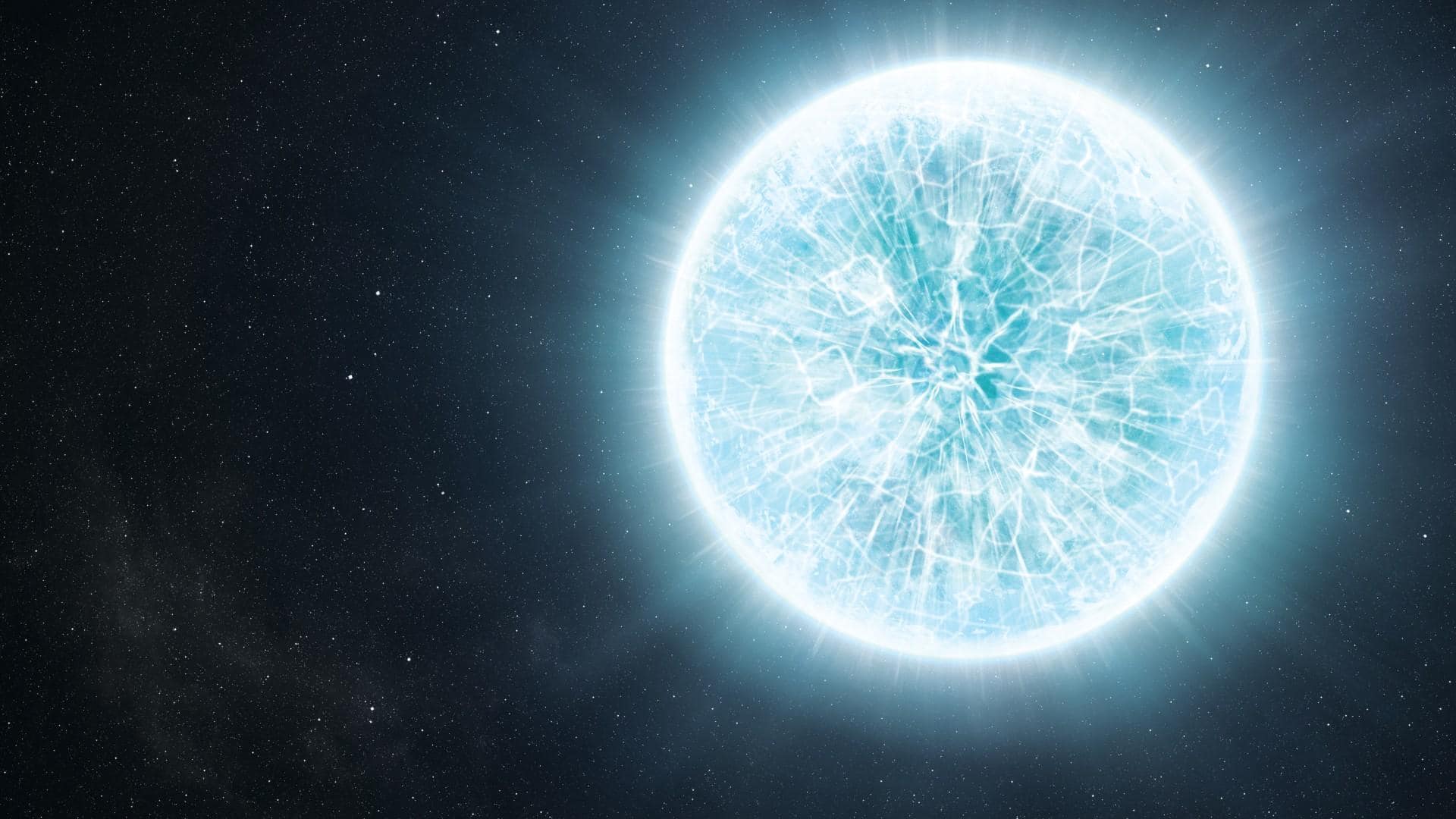
Scientists find major clue about how massive stars are formed
What's the story
Researchers from the Shanghai Astronomical Observatory (SHAO) have made a groundbreaking discovery about the formation of massive stars. The study, published in Science Advances, details how gas flows from vast distances into the disk surrounding a nascent massive star. This research provides new insights into the complex process of star formation, especially for those with more than eight times the mass of our Sun.
Stellar significance
Massive stars shape galaxies
Massive stars are key players in cosmic evolution. Their intense radiation, stellar winds, and supernova explosions have a profound impact on the interstellar medium. These processes shape galaxy structure and evolution. However, unlike low-mass stars that form through simple gravitational collapse, massive stars are born in highly dynamic gas environments. The step-by-step process of gas transport to form accretion disks had remained a mystery until now.
Innovative methods
Tracing gas accretion
The SHAO team used the Atacama Large Millimeter/submillimeter Array (ALMA) and Maser astrometry to trace the entire process of gas accretion in a massive star-forming region. Maser astrometry is a technique that uses microwaves to measure the positions of gas. The team's findings were based on the microwave data from the Very Large Array (VLA), a radio telescope in New Mexico, US.
Gas dynamics
Gas inflow and layered system
The scientists traced gas inflow from some 2,500 astronomical units (AU) to about 40 AU from the protostar. Their observations revealed a layered system of gas flows. At bigger scales, multiple spiral-like streams channel material inward, shaped by the rotation and collapse of the parent cloud. These streams converge into an elongated, bar-like structure that funnels gas further toward the center.
Disk dynamics
Spirals, bars, and disks
As the gas moves closer, it forms a rotating, collapsing envelope. Within a few hundred AU, this gas settles into an accretion disk exhibiting Keplerian rotation. The entire process resembles a small barred spiral galaxy that is embedded within a molecular cloud. The researchers found that rate of gas transport remained around one-10-thousandth of a solar mass per year in the "spiral" and "bar" structures, but decreased to about one-millionth of a solar mass per year at the disk scale.
Pattern discovery
Ordered patterns in molecular clouds
Dr. Mai Xiaofeng from SHAO, the author of the study, said their results show that "the internal structures of massive molecular cloud clumps are not random or chaotic, but can exhibit highly ordered, galaxy-like hierarchical patterns." This research is part of the international ALMA-ATOMS/QUARKS survey which has gathered multiscale data from over 140 massive star-forming regions in five years.